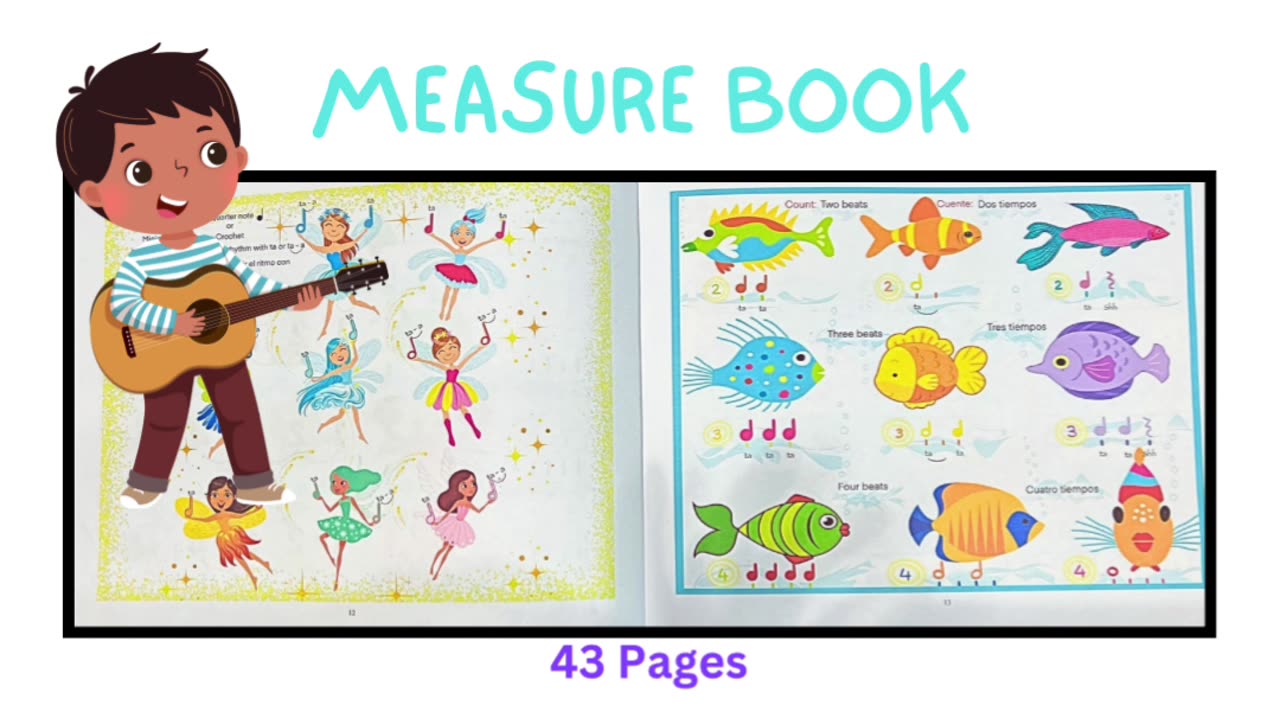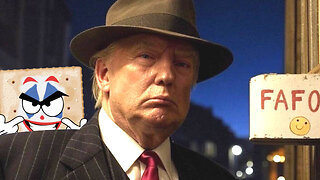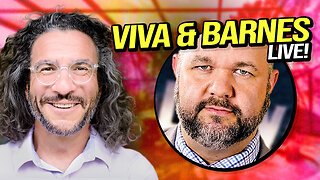Premium Only Content

The Musical Family Collection
https://www.amazon.com/Musical-Family-Collection-Rhythm/dp/B0CQ7CR4MQ/ref=sr_1_1
This collection of three books including the activity book (Book 1: Rhythm, Book 2: Notes, Book 3: Measure) are based on learning and development, of the music skills for young children. It is a new method inspired by the Kodaly, Solfege, Music alphabet and Montessori systems. It is intended for preschoolers ages 3 and up. Children can choose from attractive images throughout the books and practice the basics of music theory. Kids can grab the books whenever they want and start identifying and visualizing the music symbols, rhythm patterns, and practice how to read the notes on the staff, with the help of members from the musical family. By the end of the third book, kids will be ready to begin learning any musical instrument, without being so overwhelmed by the complexity of music theory. The books are carefully explained, step by step, in a very simplified manner for parents and teachers in both English and Spanish. Most of all it is a fun way to spend time with your children while learning the music language.
BOOK 1 RHYTHM
Pulse, Rhythmic Notes and Rhythm p.7
The Pulse is the heartbeat of the music. It can be fast (as when we run) or slow (as when we walk).
The Rhythmic Notes are signs with different durations. They can be long or short.
Let's learn some Rhythmic Notes: one quarter note or crotchet (blue or ta), two eighth notes or quavers (cherry or ti-ti), three quavers or a triplet (pineapple or ti-ti-ti) and four sixteenth notes or semi quavers (huckleberry or ti-ti-ti-ti). Each quarter note and each one of these group of rhythm notes corresponds to a single pulse or beat, that is, to a single time.
The Rhythm is the combination of these rhythmic notes.
The quarter silence p.31
Each rhythmic note has its own respective silence value or rest value. We'll start with the quarter rest (Shh). The quarter note equals to a one pulse or one beat, therefore, the quarter rest also equals to a one beat.
-
 1:56:04
1:56:04
TheDozenPodcast
15 hours agoMass deportations, Islamists, Saving the UK: Nick Tenconi
12.5K14 -
 35:24
35:24
Survive History
20 hours ago $5.73 earnedCould You Survive in a Cavalry Regiment During the English Civil War?
63K6 -
 28:15
28:15
Degenerate Plays
14 hours ago $2.79 earnedTwo Birds' Secret Meeting - Gotham Knights : Part 26
55.4K5 -
 12:29
12:29
Mr. Build It
5 days agoWish I Knew This Before I Started Building It
48.2K19 -
 2:03:57
2:03:57
Megyn Kelly
2 days agoNew Trump Derangement Syndrome, and How CNN Smeared a Navy Veteran, w/ Piers Morgan & Zachary Young
148K183 -
 10:05
10:05
DIY Wife
3 years agoHow We Flip Old Furniture For Profit!
80K62 -
 2:14:54
2:14:54
TheSaltyCracker
12 hours agoTrump Goes Gangster ReeEEeE Stream 01-26-25
189K347 -
 4:42:13
4:42:13
Due Dissidence
21 hours agoTrump Calls To "CLEAN OUT" Gaza, Swiss ARREST Pro-Palestine Journalist, MAGA's Hollywood Makeover?
86.3K109 -
 2:02:20
2:02:20
Nerdrotic
14 hours ago $21.42 earnedDECLASSIFIED: JFK, MLK UFO Immaculate Constellation Doc | Forbidden Frontier #089
103K18 -
 3:00:14
3:00:14
vivafrei
21 hours agoEp. 248: "Bitcoin Jesus" Begs Trump! Rekieta Gets Plea Deal! Pardons, Deportations, Bird Flu & MORE!
223K257